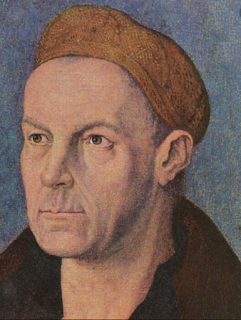Gustav Vasa's War of Liberation, Gustav Vasa's uprising and the War of Liberation are some of the names of the war events that began in 1521 as an uprising against Christian II, King of Denmark and Norway who recently returned Sweden to the Kalmar Union. The war led to Sweden finally leaving the Kalmar Union and that Gustav Eriksson, later called Gustav Vasa, was elected King of Sweden in 1523. The battle at Brunnbäcks färja was one of the first larger battles. It happened in the beginning of april 1521. That is 500 years ago now. So yesterday my 16th century group made a visit to the location. We took a lot of pictures and had some swedish "fika" and later in the evening we had our ordinary guild´s meeting. The guild, Sankt Örjens Guild, is an association of people who try to recreate life in Dalecarlia during the first half of the 16th century, through clothing, food, drinks and weapons exercises.
As many of you know by now I mostly do 16th century German clothing. But yesterday I made a shot at Swedish 16th century, with clothes I already had.
This is what I looked like yesterday.
Im wearing my two red dresses, the underklänning and överklänning in swedish, as usual. And a linen apron, a linen untergollar with a little ruffle and a thinn mantle in brown wool. And Im covering my hair with a linen cloth and a wool barrett.
They obviously did a good job because they won this battle.
After our excursion we had food and drinks at the guilds meeting place, out in the woods close to Falun.




















